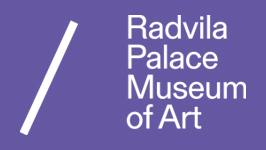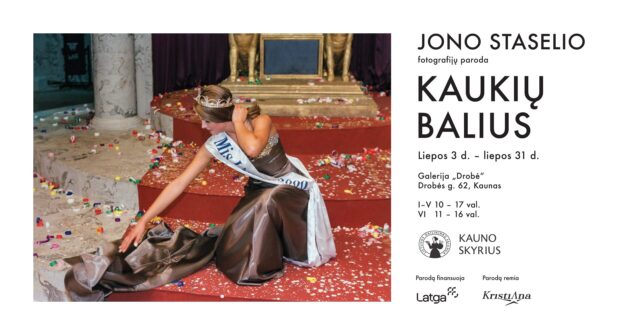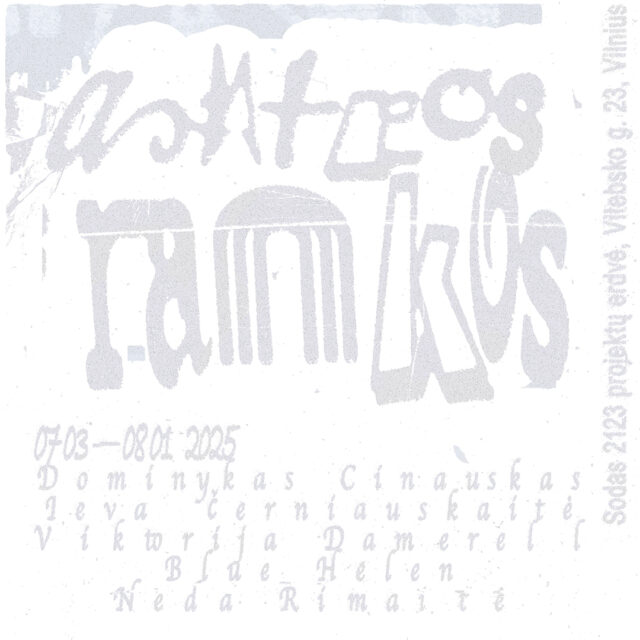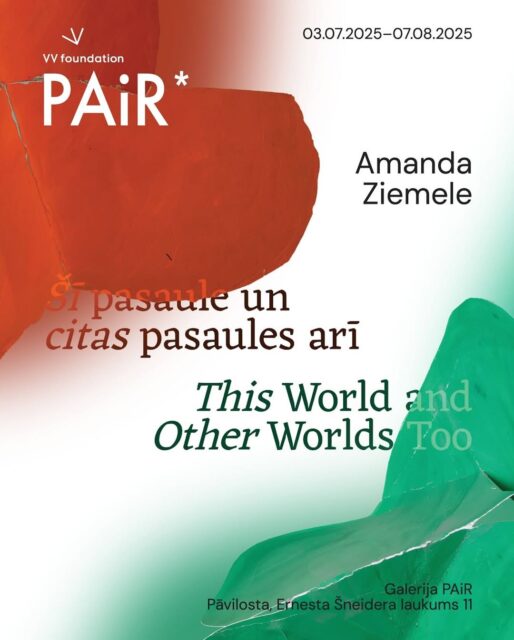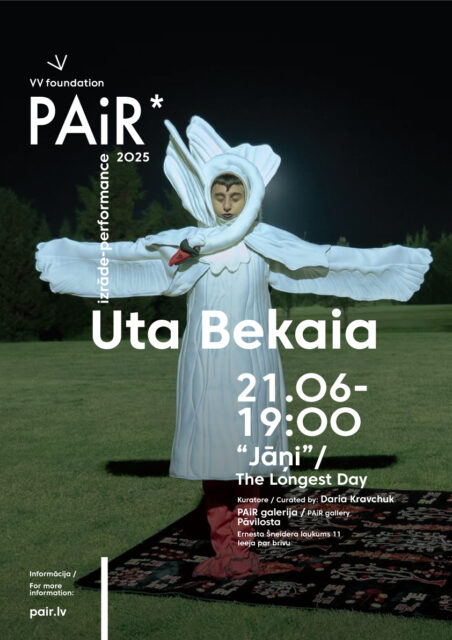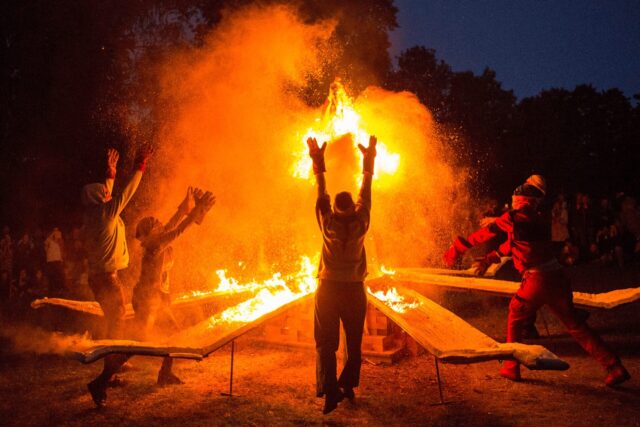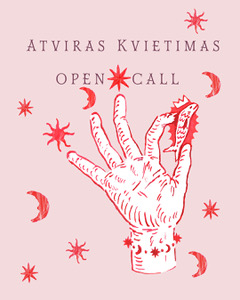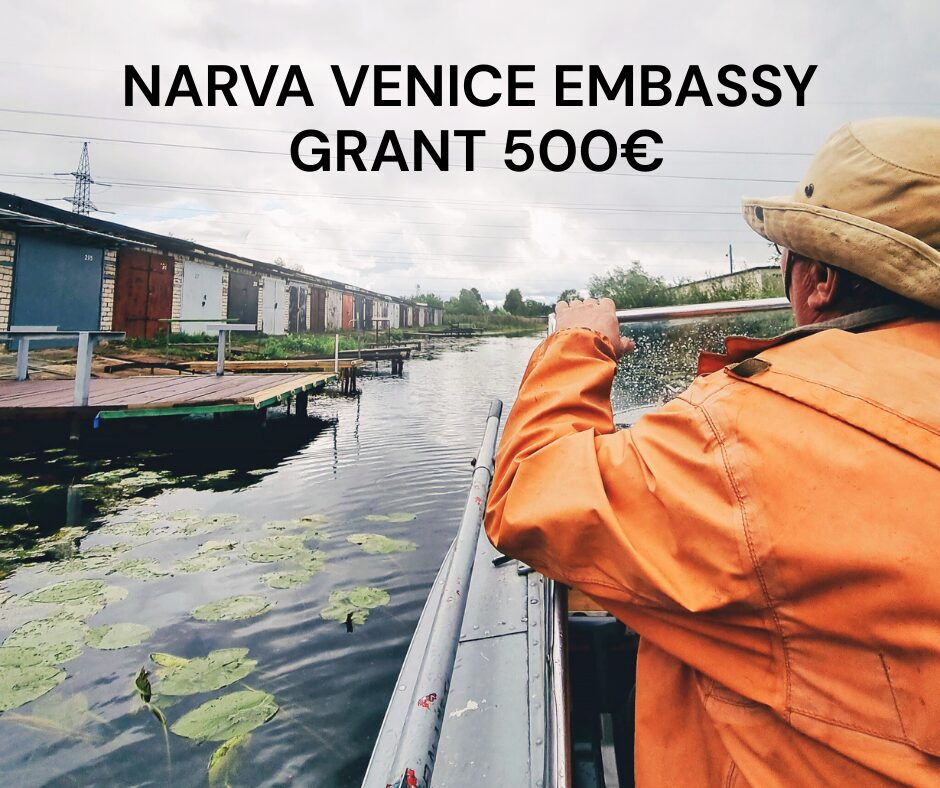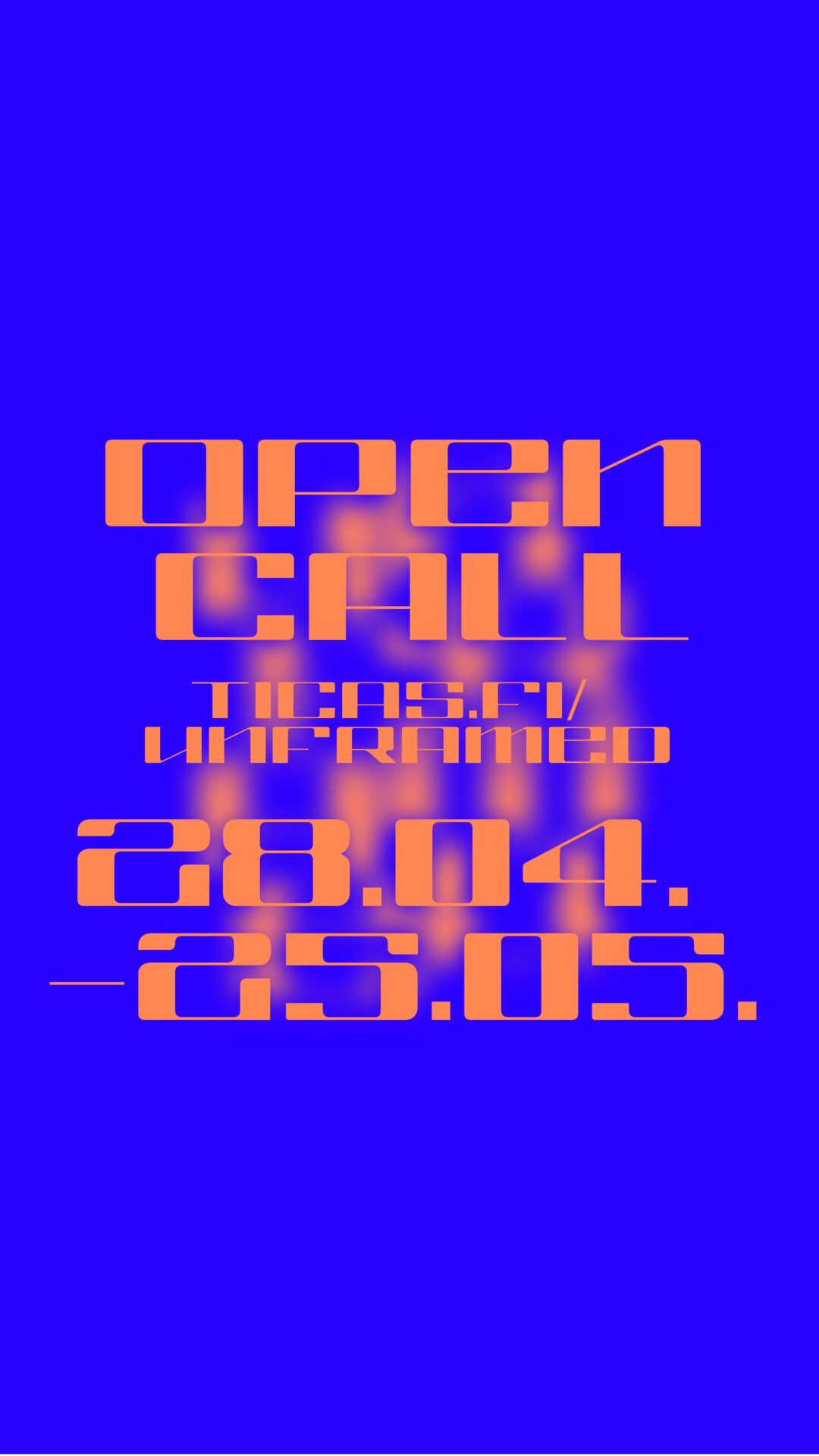The rivers were sacred, the forest and trees were sacred, the hills were sacred. The earth was kissed, and prayers were said every morning, every evening…[1]
For the last exhibition of the year, L’Atlas is thrilled to invite Roots to Routes, a baltic agency created by the curators Maija Rudovska, Justė Kostikovaitė and Merilin Talumaa. Under the curating of the latter, the exhibition Breathing through the eyes gathers together different generations of artists from the Baltic countries, most of them presenting their work in Paris for the first time. The exhibition touches subtly on the ideas of Lithuanian-American archaeologist and anthropologist Marija Gimbutas, whose profound research brought attention to the ancient cultures of the Baltic region and the broader Indo-European world, especially well described in her book The Balts (1963). The exhibition takes its inspiration from Gimbutas’ ideas which have influenced contemporary perspectives on heritage, indigenous identities, and the relationship between humans and nature in the Baltic Sea area.
Research on the cross-disciplines of archaeological artefacts, linguistics, ethnography and folklore led Gimbutas to posit the thesis that prehistoric European culture was female-centred and worshipped a Mother Goddess as the giver of all life. The Goddess’ power was in water and stone, in cave and tomb, in animals and birds, in hills, trees and flowers. A spiritual sense of connectedness was artfully expressed through a sophisticated symbol system and an abundance of ritual objects. Nature and body (especially the female body) were honoured in Europe for tens of thousands of years. Women had an especially strong position in societies across Eastern and Central Europe – a tendency no longer necessarily evident today.
The exhibition Breathing through the eyes poetically comments on the fragile materiality of our being, multiple identities, the process of change and new environmental sensibility. Gimbutas, who having opened the treasure trove of prehistory, inspired a belief in a peaceful existence in our time – to bring back to life suppressed vital elements, such as the earth, the body (health), the feminine, and the subconscious. Participating artists, through imaginative and fictitious narratives, share personal stories and beliefs that also reflect the influence of Gimbutas’ theories on ancient symbolism. Their works echo these concepts through a contemporary lens, incorporating elements such as spirals, circles, and motifs such as snakes and birds – symbols rooted in ancient European matriarchal cultures that continue to resonate in Baltic art and culture.
The exhibition directs us to consider how we might reimagine a world centred around goddess worship, with its emphasis on preserving nature, nurturing existence, and forsaking warfare. Could this theoretical concept transcend into the tangible reality of our future society? Breathing through the eyes seamlessly intertwines historical narratives, cultural myths, and potential scenarios, immersing us in the themes that Marija Gimbutas ignited: the celebration of life’s cycles, the sanctity of the female body and labour, and the spirituality inherent in these concepts. Gimbutas’ exploration of the spiritual dimensions of a harmonious Old Europe and her vision for a New Europe free from dominance and warfare feels remarkably pertinent in our contemporary world.
Roots to Routes is an initiative gathering a community of artists, curators and cultural producers whose trajectories are connected to the Baltic states region. Acting as a nomadic agency, its goal is to support and make visible artistic practices beyond cultural and (geo)political borders. An important part of the collaboration is to create and develop possible joint projects, aiming to build sustainable networks and forms of cooperation between various art scenes.
Roots to Routes manifests itself through exhibitions, performances, screenings, publications and commissioning. Our first collaboration started in Marseille as part of the Manifesta 13 Biennial programme Les Parallèles du Sud in 2020. Since then, concepts such as belonging, identity and community engagement have been integral parts of different collaborations.
[1] The Life and Work of Marija Gimbutas, Journal of Feminist Studies in Religion, Fall, 1996, Vol. 12, No. 2, p. 38
Supporters : Baltic Culture Fund, Estonian Embassy in Paris, Cultural Endowment of Estonia, Estonian Ministry of Culture, Lithuanian Culture Institute, Latvian State Culture Capital Foundation
Participating artists: Aili Vint (EE), Daria Melnikova (LV), Kristel Saan (EE), Kristina Õllek (EE), Monika Varšavskaja (EE/FR), Morta Jonynaitė (LT), Viktorija Daniliauskaitė (LT)
Curator: Merilin Talumaa (EE)
Gastronomic performance: Monika Varšavskaja (EE/FR)
Exhibition scenography: Daria Melnikova (LV)
Communication visuals: Gaile Pranckunaite (LT)
Exhibition stays open until December 22, 2023.
L’Atlas
4 Cour de l’île Louviers, 75004 Paris
Opening hours: Tuesday—Saturday, 12pm—7pm
Free entrance

Exhibition detail, Breathing through the eyes, 2023. Image credit Greta Slivskytė

Exhibition view, Breathing through the eyes, 2023. Photo credit Rebecca Fanuele
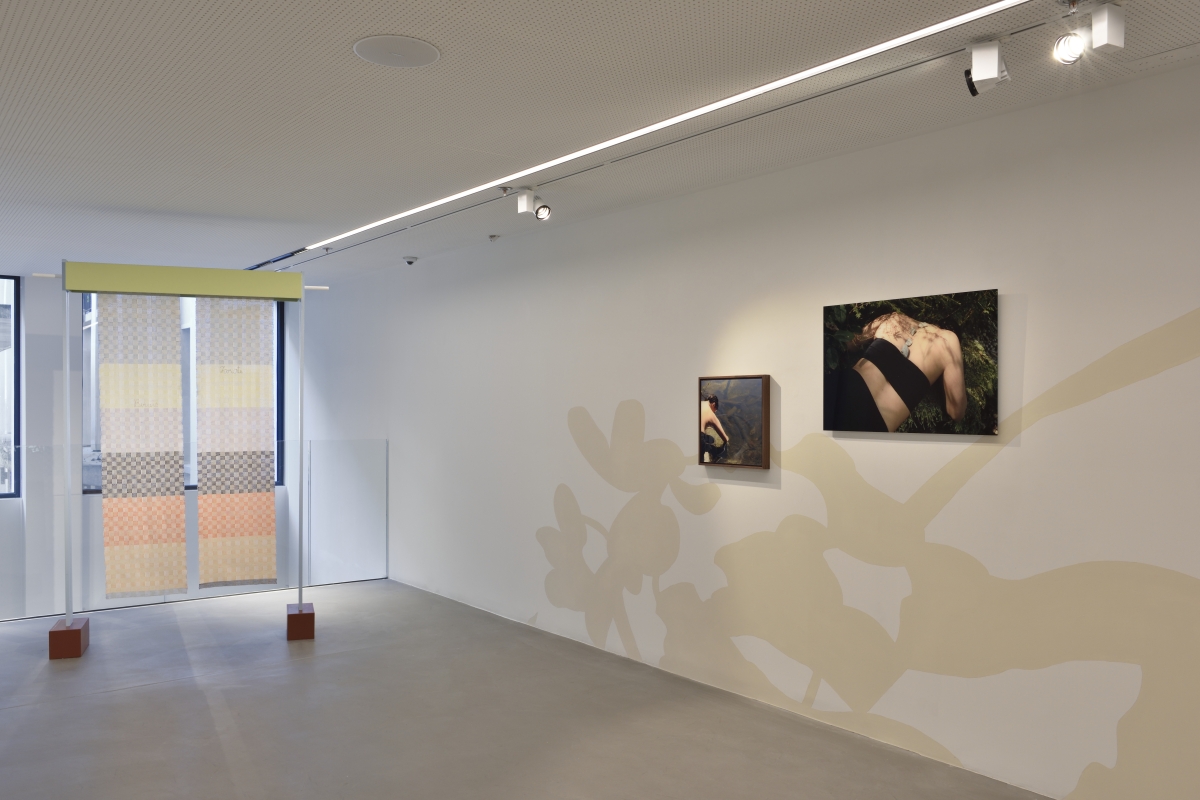
Exhibition view, Breathing through the eyes, 2023. Photo credit Rebecca Fanuele
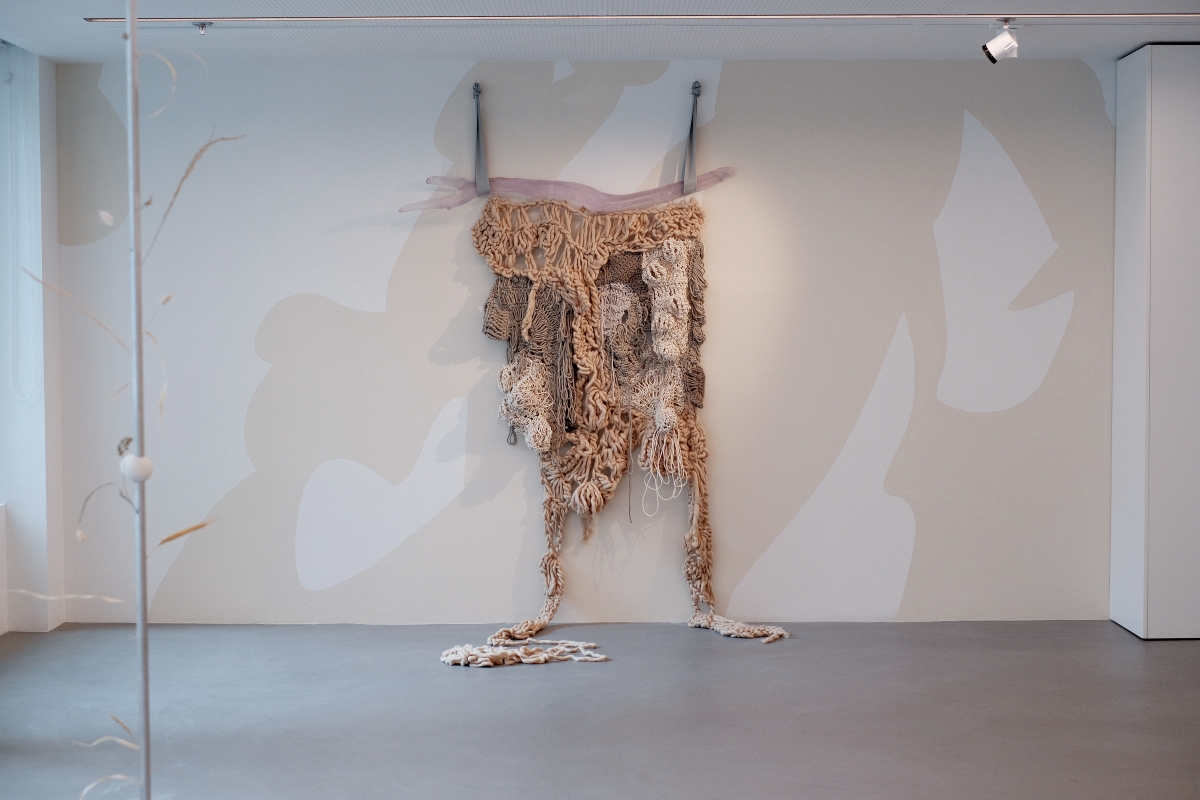
Exhibition view, Breathing through the eyes, 2023. Image credit Greta Slivskytė
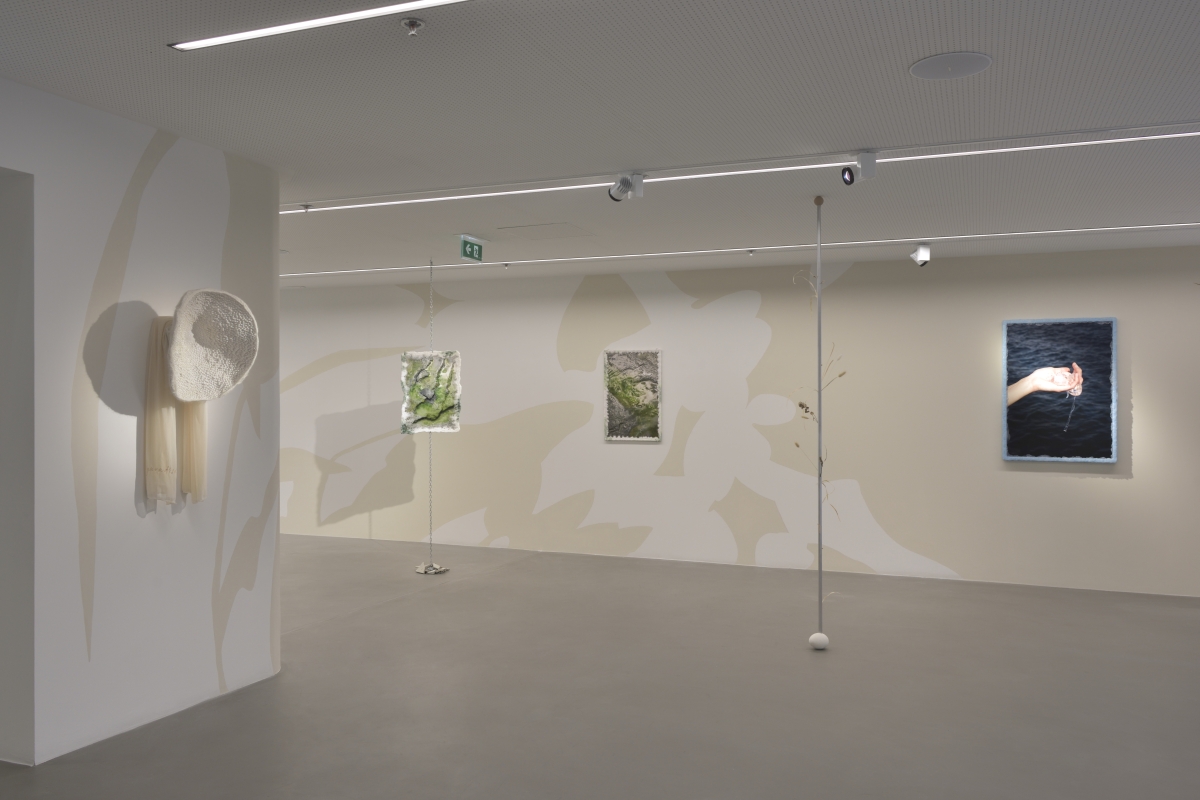

Exhibition view, Breathing through the eyes, 2023. Photo credit Rebecca Fanuele

Exhibition view, Breathing through the eyes, 2023. Photo credit Rebecca Fanuele
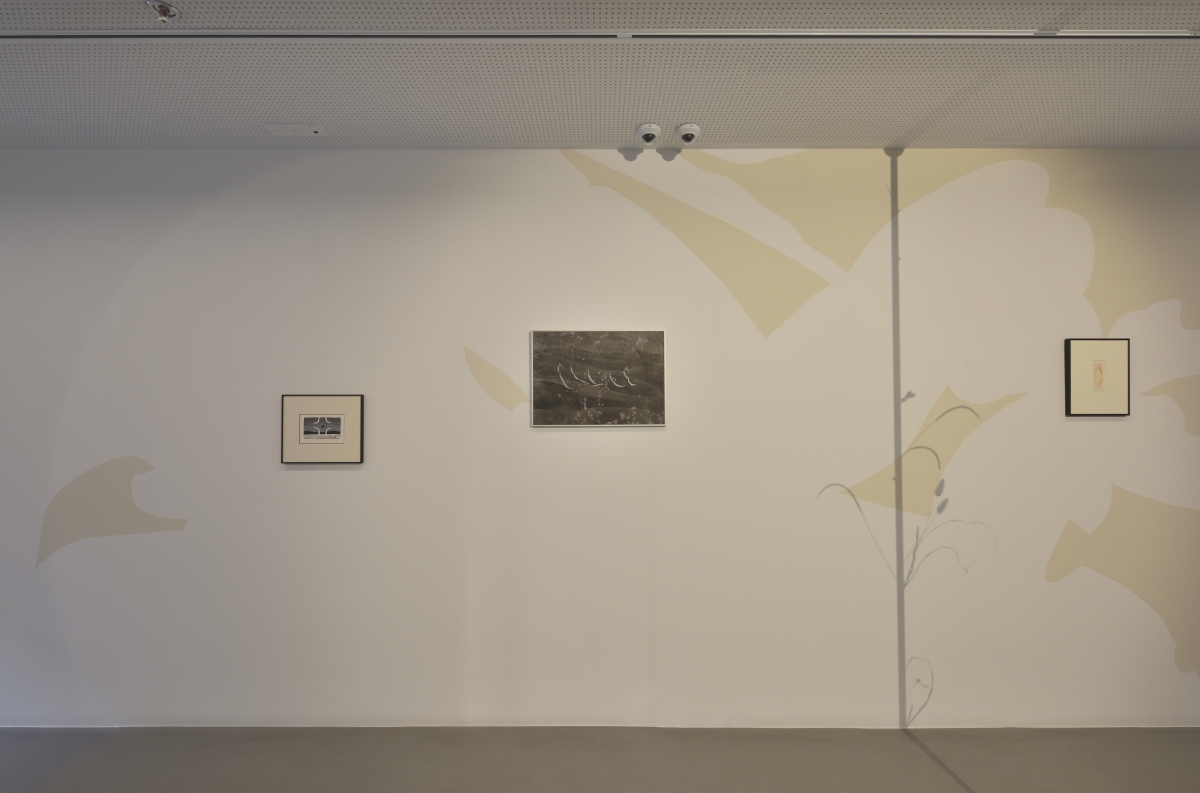
Exhibition view, Breathing through the eyes, 2023. Photo credit Rebecca Fanuele
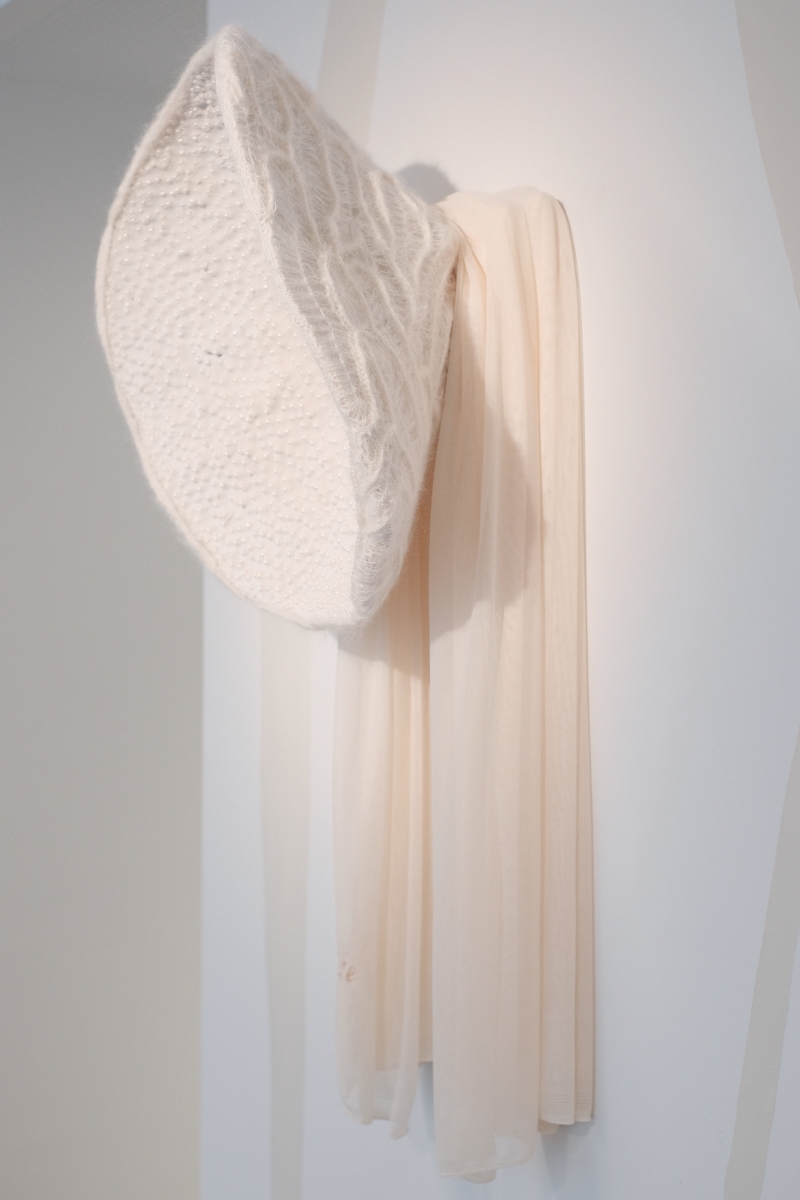
I floor. Exhibition view, Breathing through the eyes, 2023. Photo credit Rebecca Fanuele

Kristina Õllek, Do you remember_, 70×107 cm, pigment ink print on aluminium, cnc cutting, clay, 2023. Image credit Greta Slivskytė
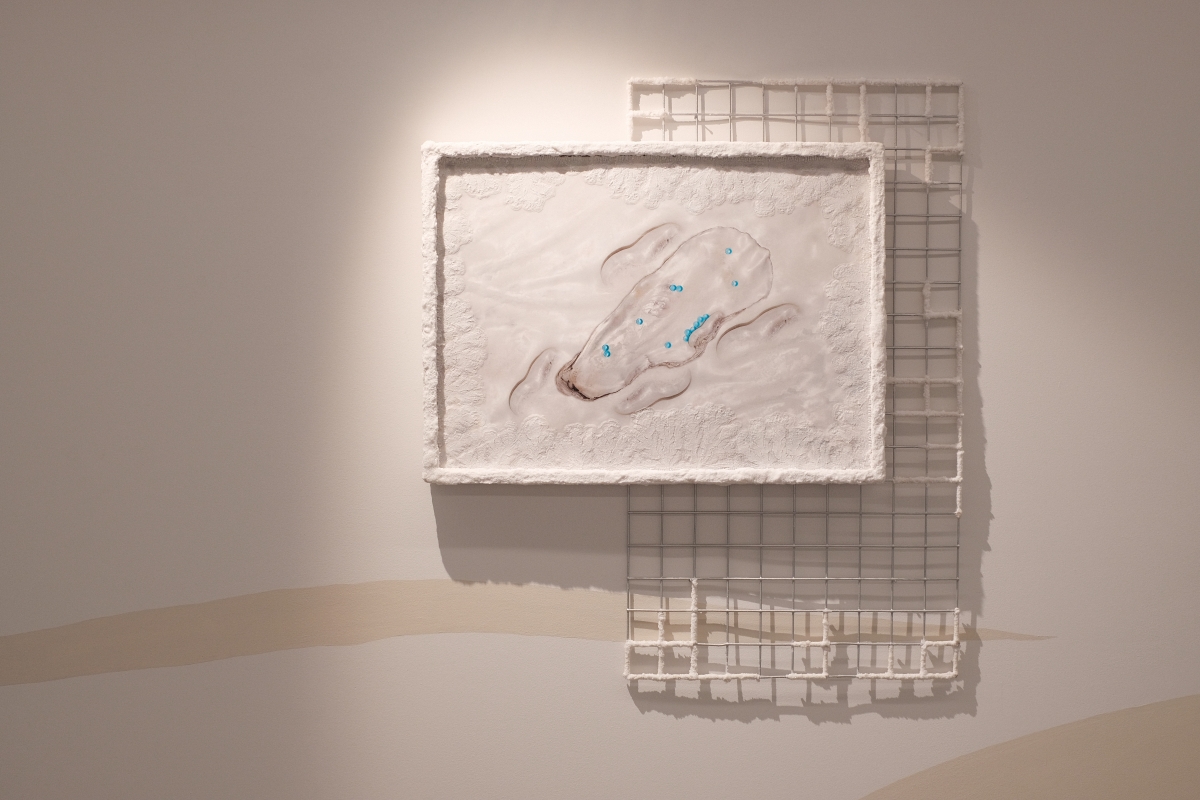
Exhibition view, Breathing through the eyes, 2023. Photo credit Rebecca Fanuele
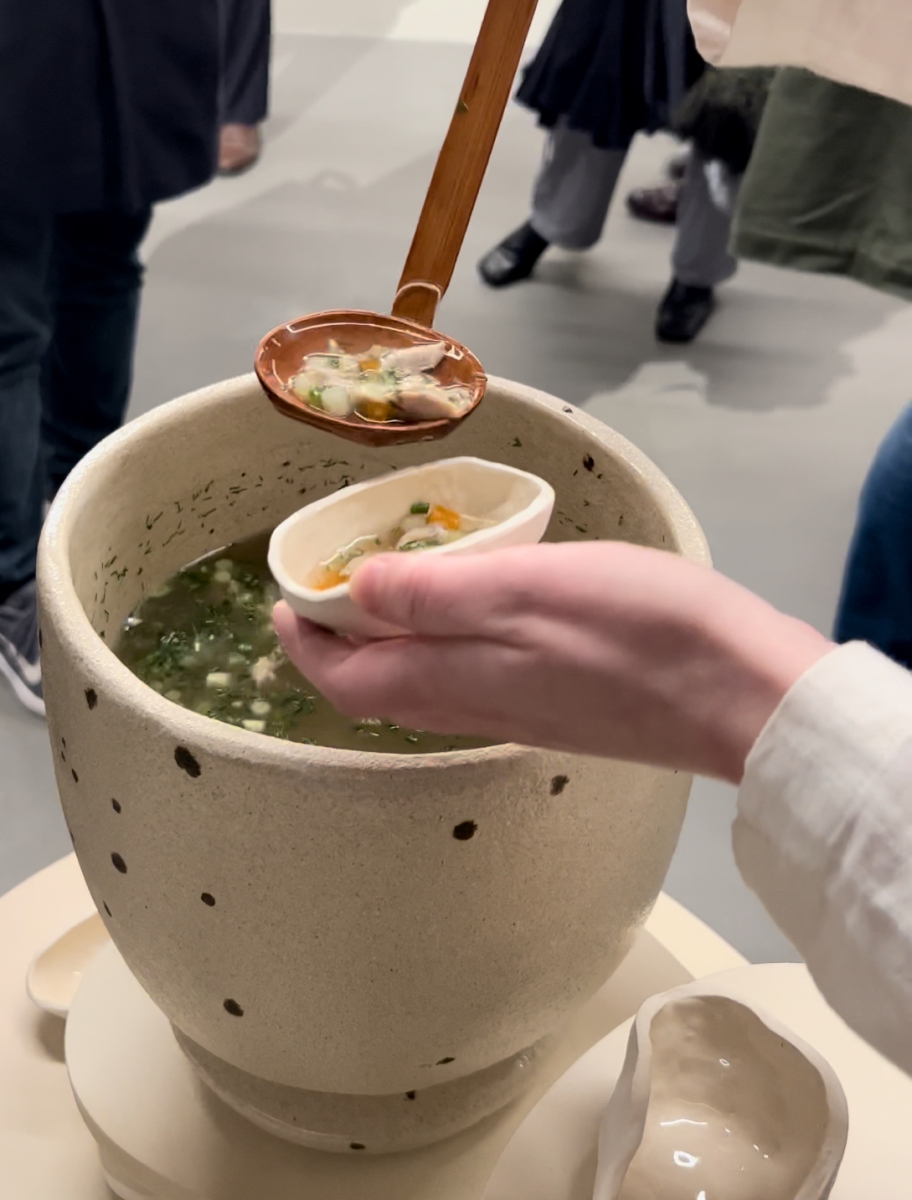
Monika Varšavskaja, performance at L_Atlas Gallery, serving chicken soup, 2023. Photo credit The Farm
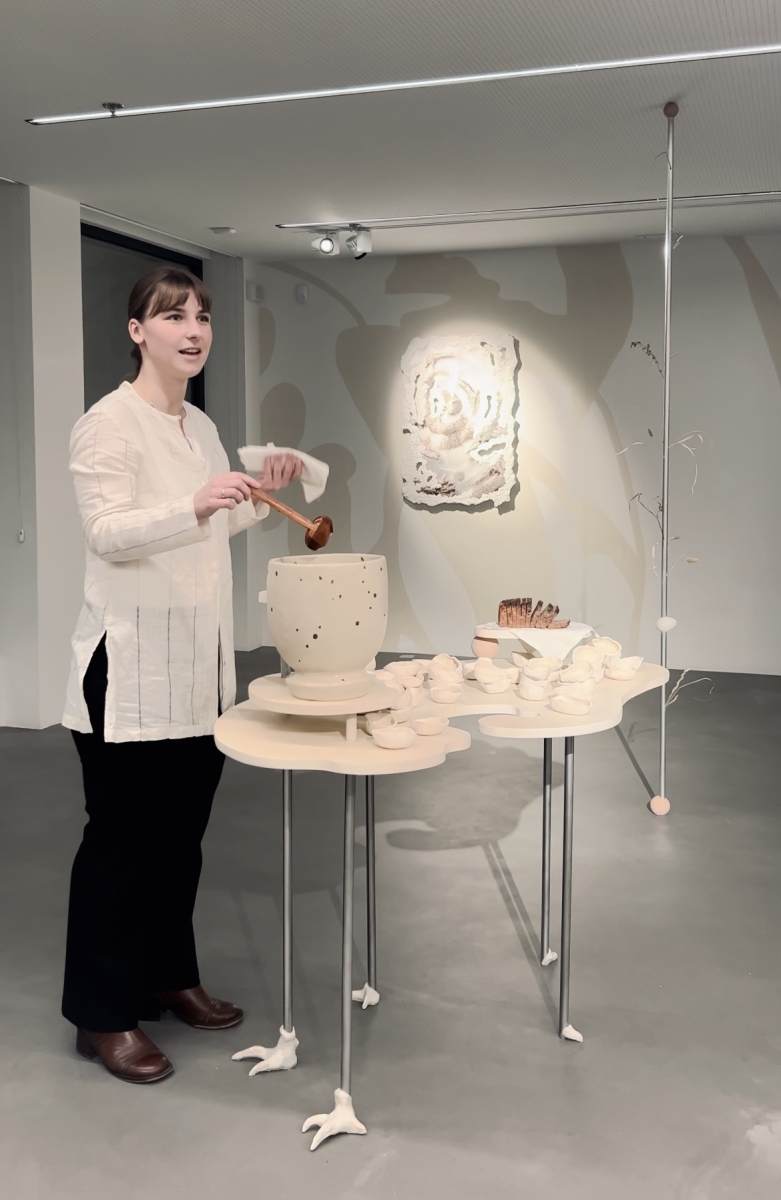
Monika Varšavskaja, performance in dialogue with Daria Melnikova_s installation Ceremonial Table, 2023. Photo credit The Farm
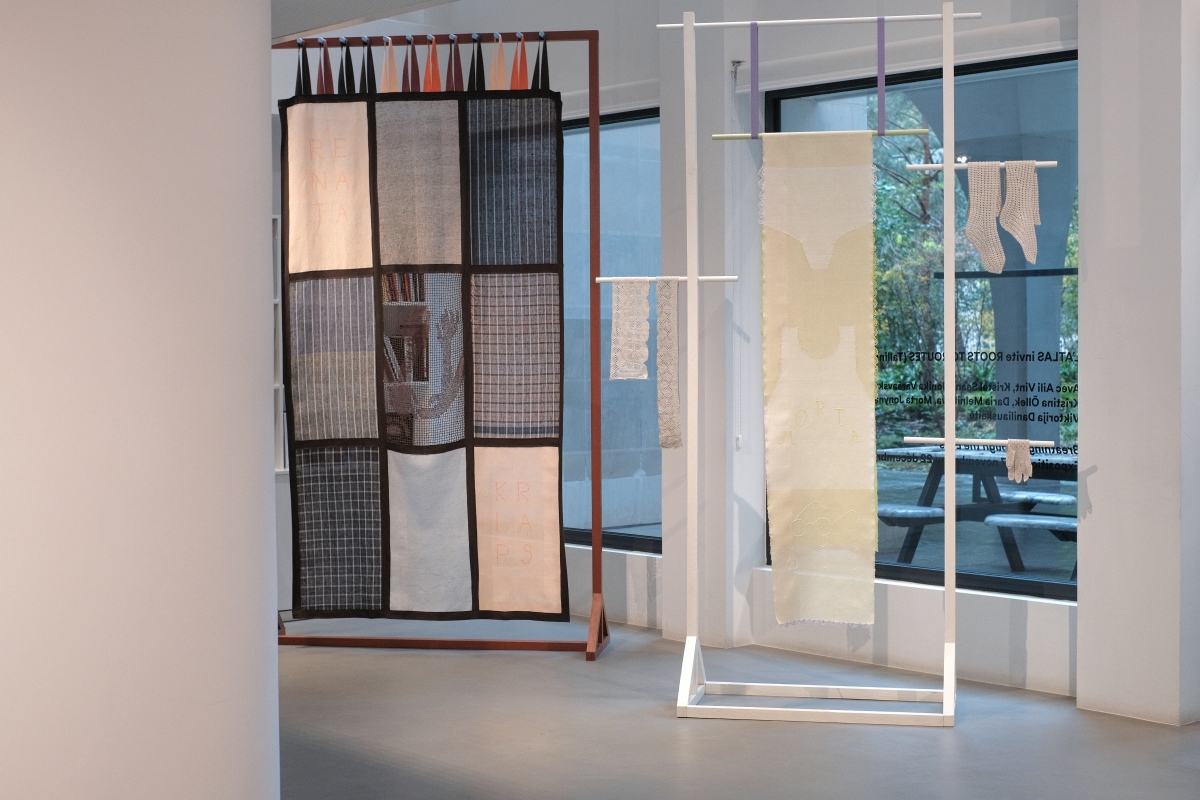
Exhibition view, Breathing through the eyes, 2023. Photo credit Rebecca Fanuele

Exhibition view, Breathing through the eyes, 2023. Photo credit Rebecca Fanuele

Window view from Gallery L_Atlas, 2023. Photo credit Greta Slivskytė
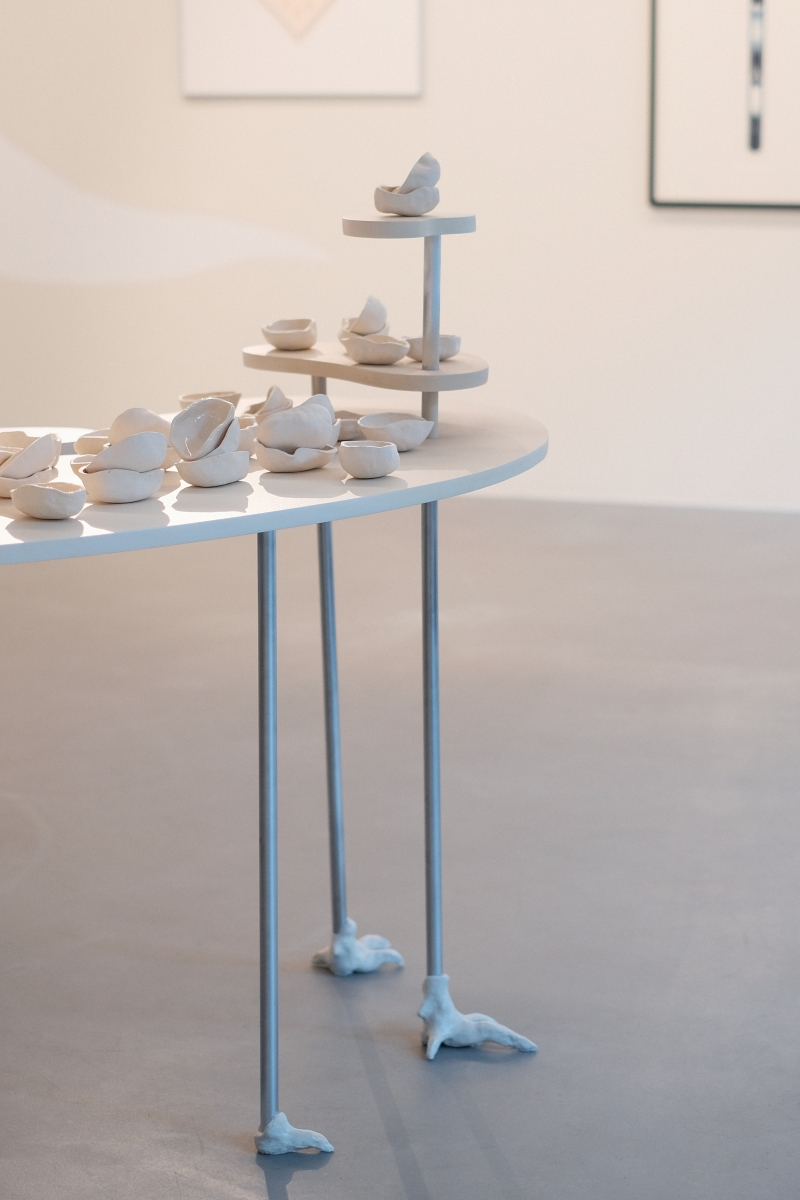
Exhibition view, Breathing through the eyes, 2023. Photo credit Rebecca Fanuele



